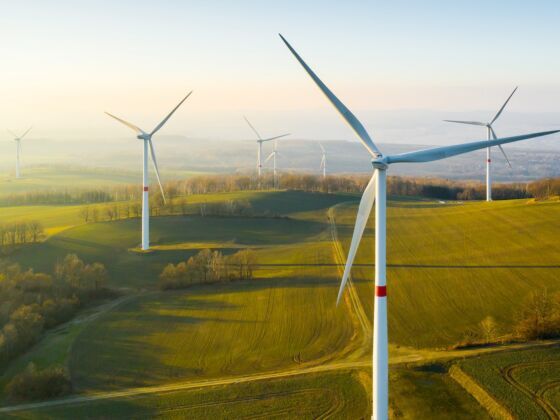Princess Mononoke
The story begins with a peaceful village in Japan which is suddenly and violently attacked by a demon. Ashitaka, the last prince of his people, is forced to kill the demon but becomes afflicted in the process. This demon turns out to have once been the Boar God, Nago, driven mad by hatred. Fearing that Ashitaka will face the same fate the elders send him in search of a cure, subsequently finding the cause of Nago’s fate in the process.
Ashitaka finds an inharmonious mining town, ravaging the forest of resources, and creatures attempting to defend the forest against mining were turned demonic by the bitterness, violence and arrogance of Humans. The prince is then caught between the Human disregard for nature and Nature’s efforts to push back.
This film magically and poignantly sums up how we have fallen out of harmony with nature; that if we keep on taking and taking the wonder of nature will be lost leaving nothing but desolation and bitterness behind.
